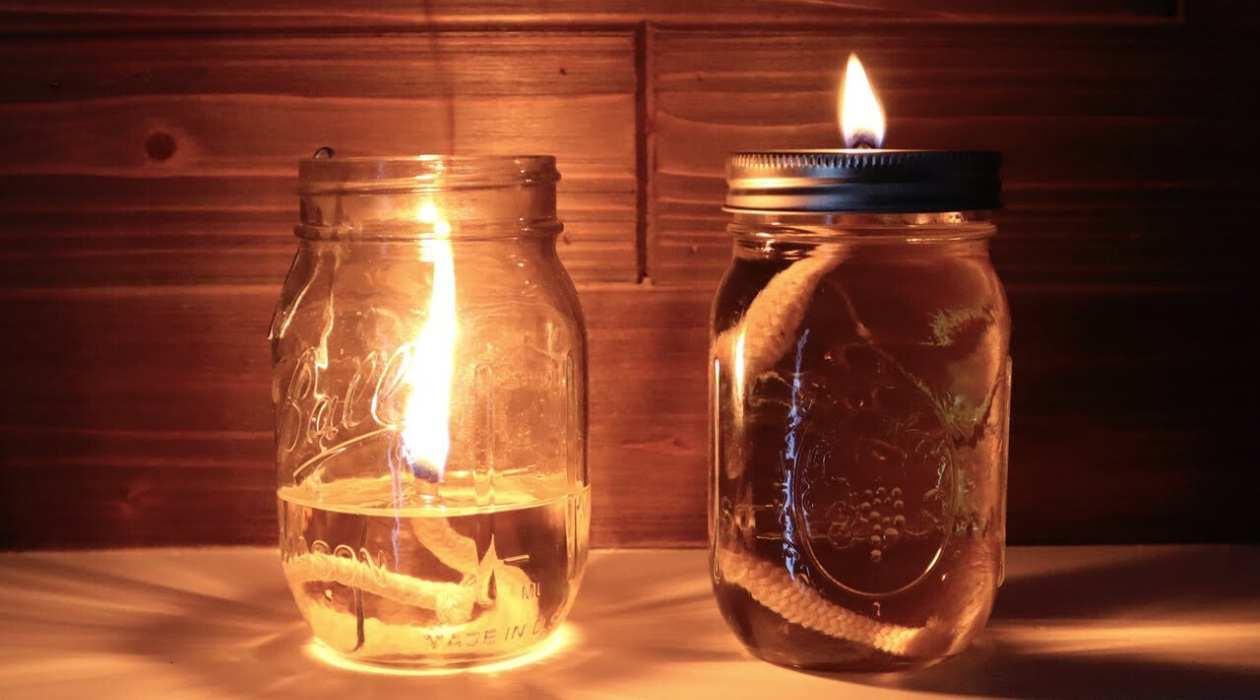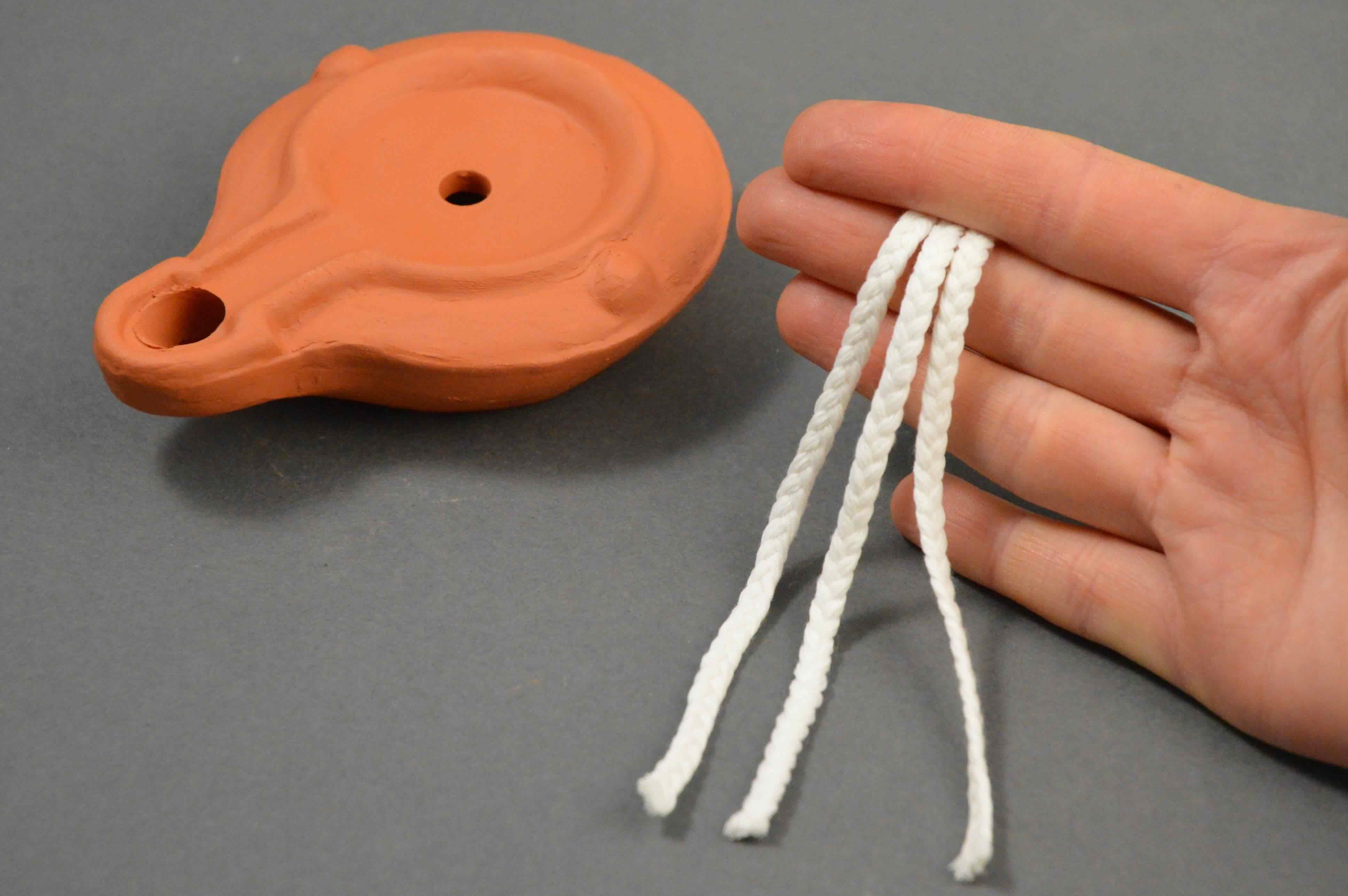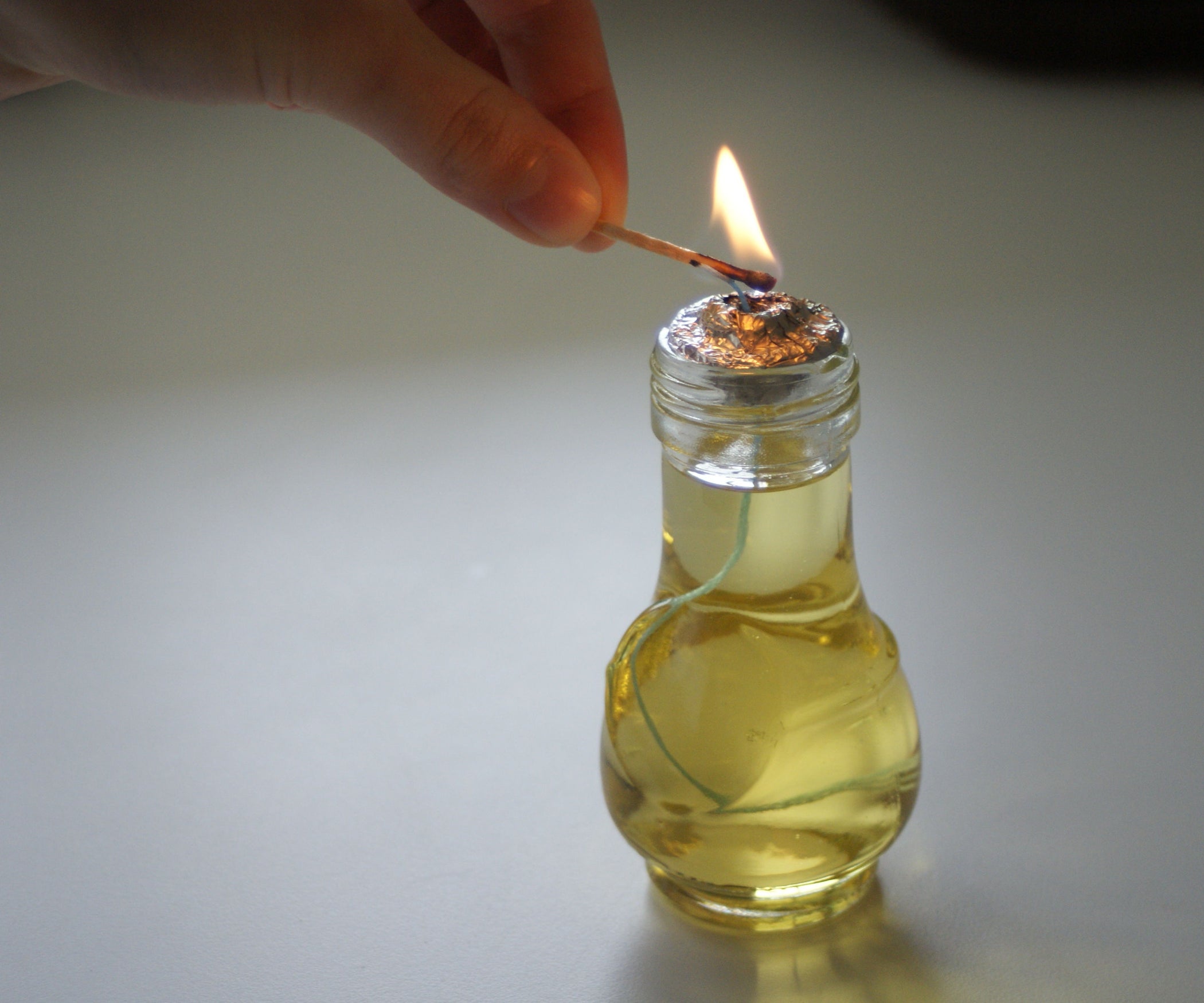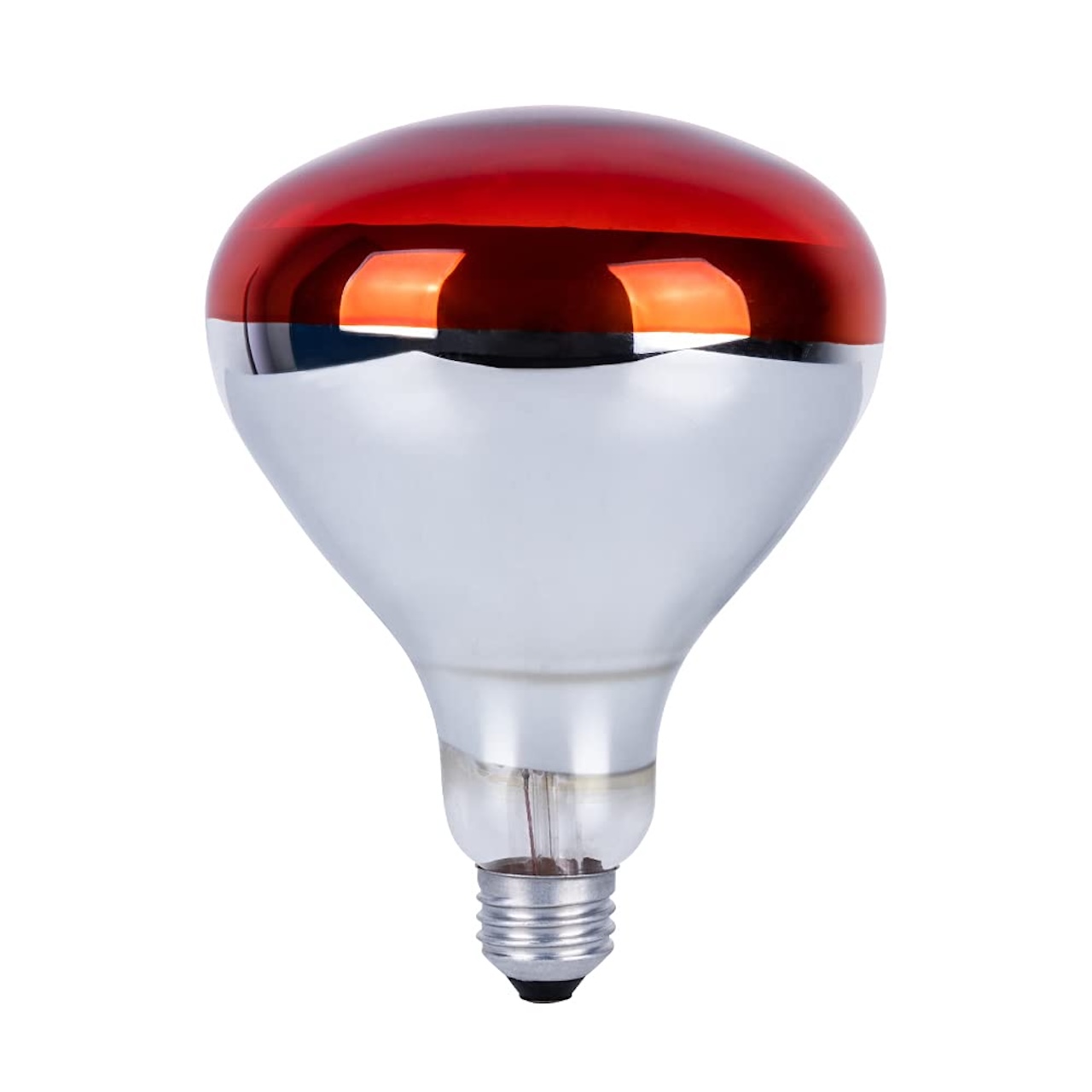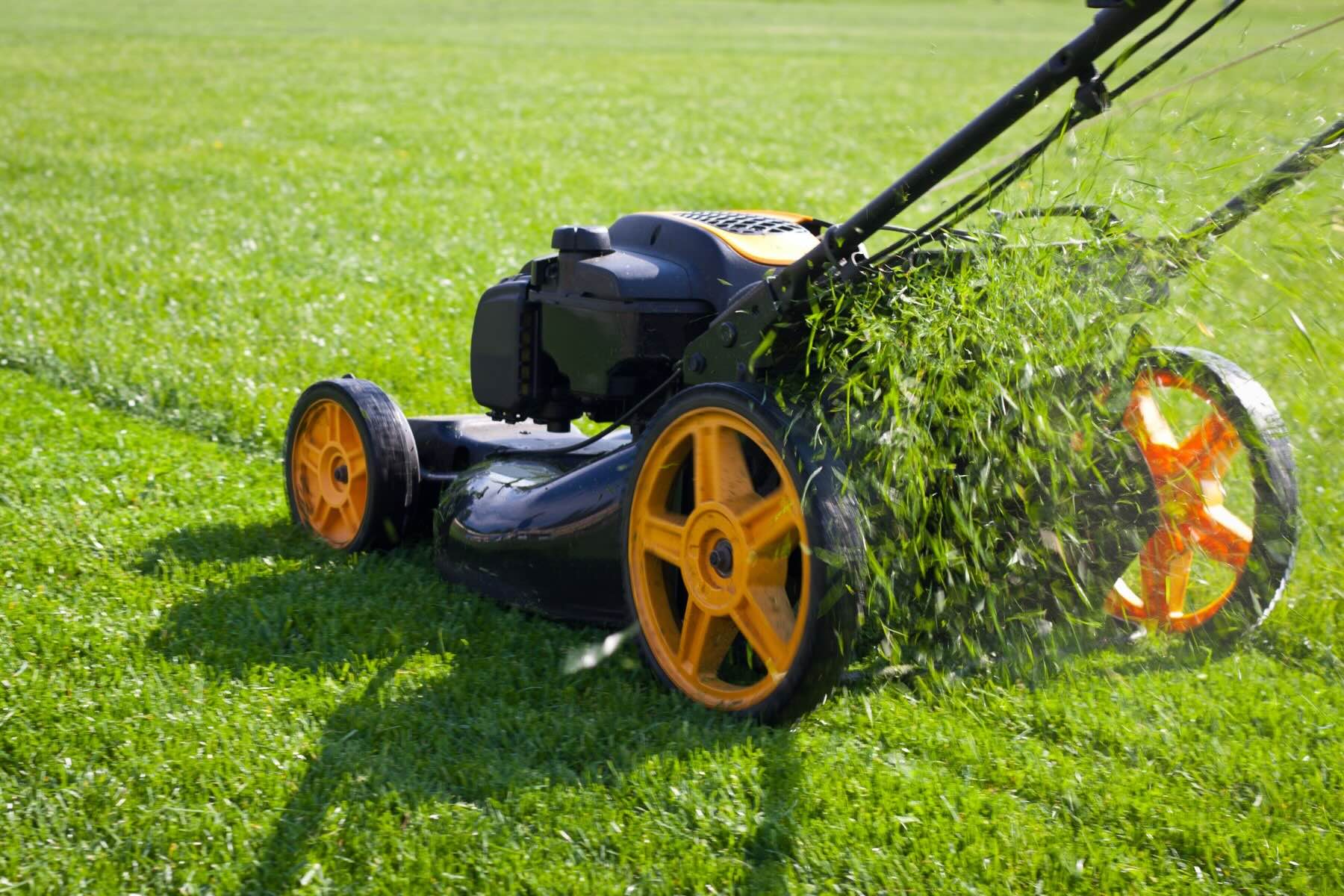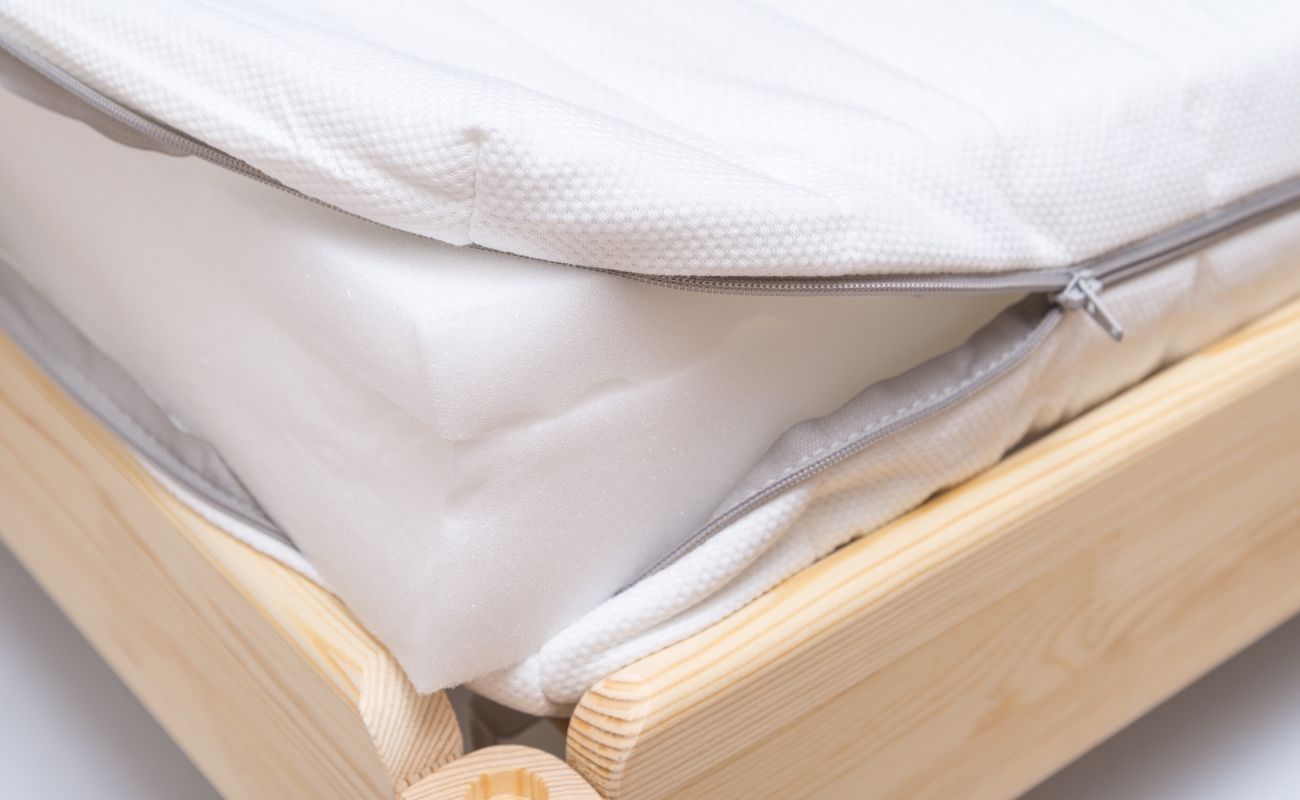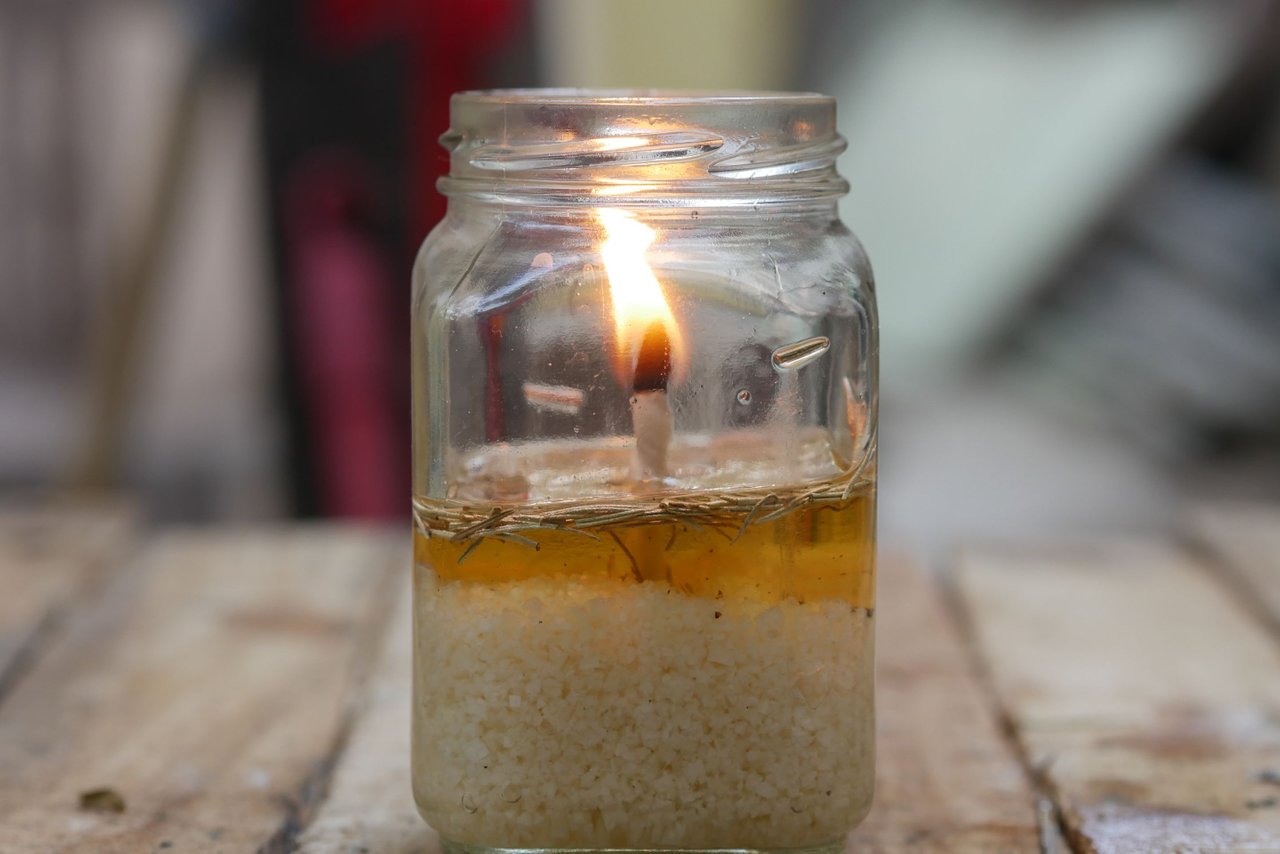

Furniture
How Long Does An Oil Lamp Last
Modified: March 1, 2024
Discover how long an oil lamp can last and find the perfect addition to your furniture collection with our extensive range of furniture
(Many of the links in this article redirect to a specific reviewed product. Your purchase of these products through affiliate links helps to generate commission for Storables.com, at no extra cost. Learn more)
Introduction
Welcome to our comprehensive guide on oil lamps and how long they last. Oil lamps have been used for centuries to provide light and warmth in households around the world. These timeless pieces not only serve a practical purpose but also add a touch of nostalgia and charm to any space. If you’re considering adding an oil lamp to your home or if you already own one and want to learn more about its lifespan and care, you’ve come to the right place.
In this article, we’ll delve into the various factors that can affect the lifespan of an oil lamp, the types of fuel used, the proper maintenance required, and more. By understanding these crucial aspects, you’ll be better equipped to enjoy your oil lamp for as long as possible.
So, let’s dive in and explore the world of oil lamps and how to make them last!
Key Takeaways:
- Oil lamps can last for years with proper care, including regular cleaning, high-quality fuel, and gentle handling. Different models have varying lifespans, but maintenance can extend their functionality.
- Choosing high-quality materials and fuel, along with regular maintenance, can significantly extend the lifespan of oil lamps, preserving their beauty and functionality for years to come.
Read more: How Long Does A Himalayan Salt Lamp Last
Overview of Oil Lamps
Oil lamps have a rich history dating back thousands of years. They were one of the earliest sources of artificial light, predating electricity and even candles. The basic structure of an oil lamp consists of a container to hold the fuel, a wick that is dipped into the fuel, and a mechanism to control the flow and height of the flame.
One of the main advantages of oil lamps is their portability. Unlike candles that can easily be extinguished by a breeze, oil lamps have a protective glass chimney that shields the flame from drafts, making them suitable for both indoor and outdoor use.
In addition to providing light, oil lamps also emit a warm and cozy ambiance. The soft flickering flame creates a soothing atmosphere that can be quite relaxing and intimate. Many people choose to use oil lamps as a decorative element in their homes, adding a touch of old-world charm and elegance to any space.
Oil lamps come in a variety of shapes, sizes, and designs, ranging from simple and utilitarian to ornate and decorative. Some popular types of oil lamps include hurricane lamps, table lamps, wall-mounted lamps, and hanging lamps. Each type has its own unique features and characteristics, but they all operate on the same principle of burning oil to produce light.
While oil lamps have a timeless appeal, it’s important to note that they do require regular maintenance and care to ensure their longevity. By understanding the factors that can impact the lifespan of an oil lamp and following proper maintenance techniques, you can enjoy the beauty and functionality of these classic lighting fixtures for years to come.
Factors Affecting the Lifespan of an Oil Lamp
The lifespan of an oil lamp can vary depending on various factors. Understanding these factors can help you prolong the longevity of your oil lamp and ensure its optimal performance. Let’s explore some of the key factors that can affect the lifespan of an oil lamp:
- Quality of Materials: The quality of the materials used in the construction of the oil lamp plays a significant role in its lifespan. Higher-quality materials, such as brass or stainless steel, are generally more durable and less prone to rust or corrosion over time.
- Usage Frequency: The frequency at which the oil lamp is used can impact its lifespan. Continuous and excessive use of the lamp can lead to wear and tear of the components, shortening its overall lifespan. It’s important to strike a balance between using the lamp and giving it some rest to ensure its longevity.
- Proper Maintenance: Regular maintenance is essential for extending the lifespan of an oil lamp. This includes cleaning the lamp, trimming the wick, and replacing the fuel as needed. Neglecting maintenance can lead to clogged wicks, buildup of soot, and decreased performance of the lamp.
- Environmental Conditions: The environment in which the oil lamp is placed can also affect its lifespan. Exposure to extreme temperatures, high humidity, or direct sunlight can cause damage to the lamp and its components, leading to a shorter overall lifespan. It is important to keep the lamp in a controlled environment to minimize any potential damage.
- Quality of Fuel: The quality of the fuel used in an oil lamp can impact its performance and lifespan. Choosing a high-quality lamp oil or paraffin oil is recommended, as it burns more cleanly and efficiently, reducing the buildup of soot and residue that can clog the wick and affect the lamp’s performance.
- User Handling: How the lamp is handled and used by the user can also impact its lifespan. Careless handling, dropping the lamp, or using excessive force when adjusting the wick or flame height can cause damage to the lamp’s components, resulting in a shorter lifespan.
By considering these factors and taking appropriate measures to address them, you can significantly extend the lifespan of your oil lamp. Proper maintenance, careful handling, and using high-quality materials and fuel are key to ensuring that your oil lamp remains functional and beautiful for years to come.
Types of Fuel for Oil Lamps
When it comes to fuel options for oil lamps, there are several choices available. The type of fuel you use in your oil lamp can affect its performance, lifespan, and overall safety. Let’s explore some of the commonly used fuels for oil lamps:
- Lamp Oil: Lamp oil, also known as paraffin oil or kerosene, is one of the most widely used fuels for oil lamps. It is a clear and odorless fuel that burns cleanly and produces a steady and reliable flame. Lamp oil is readily available and can be easily found in most hardware stores or online. It is important to use high-quality lamp oil to ensure optimal performance and to minimize the buildup of soot and residue in your lamp.
- Vegetable Oil: In a pinch, you can use vegetable oil as a temporary fuel for your oil lamp. This can be useful if you run out of lamp oil or if you prefer a more natural and eco-friendly option. However, it’s important to note that vegetable oil tends to produce a weaker flame and may not burn as efficiently as lamp oil. Additionally, vegetable oil can leave behind more residue and require more frequent cleaning of your lamp.
- Essential Oils: Some oil lamps are designed to use essential oils instead of traditional lamp oil. These lamps typically have a ceramic or porous stone wick that absorbs the essential oils and releases the fragrance when heated. Essential oils offer a wide variety of scents, allowing you to customize the aroma in your space. However, it’s important to ensure that the essential oils you use are specifically labeled for use in oil lamps to ensure safety and proper performance.
- Citronella Oil: Citronella oil is commonly used in outdoor oil lamps to repel mosquitoes and other insects. It has a distinct citronella scent that masks the odor that attracts mosquitoes. Citronella oil is typically blended with other base oils, such as lamp oil or vegetable oil, to create a mosquito-repelling fuel for outdoor use.
- Liquid Paraffin: Liquid paraffin is another option for fueling oil lamps. It is a highly refined petroleum-based fuel that burns cleanly and emits minimal odor. Liquid paraffin is often used in oil lamps that require a high-quality and odorless fuel source. It is important to note that liquid paraffin should be used only in lamps specifically designed for this type of fuel.
It’s essential to read the manufacturer’s instructions and recommendations regarding the type of fuel suitable for your specific oil lamp. Using the wrong type of fuel can not only affect the lamp’s performance but also pose a safety hazard. Always prioritize safety and follow the guidelines provided by the lamp manufacturer when selecting and using fuel for your oil lamp.
How to Properly Maintain an Oil Lamp
Proper maintenance is essential for ensuring the longevity and optimal performance of your oil lamp. By following these maintenance tips, you can keep your lamp in excellent condition and enjoy its beauty and functionality for years to come:
- Clean Regularly: Clean your oil lamp regularly to remove any dirt, dust, or residue that may accumulate. Start by removing the burner assembly and emptying any remaining fuel. Use warm soapy water and a soft cloth to gently clean the glass chimney, base, and other components of the lamp. Rinse thoroughly and allow the parts to air dry before reassembling the lamp.
- Trim the Wick: Trim the wick of your oil lamp regularly to ensure a clean and efficient burn. If the wick becomes blackened or frayed, trim it to about 1/4 inch above the wick holder. A properly trimmed wick will promote a steady flame and minimize the buildup of soot.
- Replace the Wick: Over time, the wick of your oil lamp may become worn out and need replacing. Follow the manufacturer’s instructions on how to replace the wick properly. It’s recommended to change the wick annually or when it becomes excessively damaged or clogged.
- Check for Leaks: Regularly check for any leaks or damage in the fuel tank or burner assembly of your oil lamp. A leaking lamp can pose a safety hazard and cause damage to surrounding surfaces. If you detect any leaks or signs of damage, discontinue use and have the lamp inspected or repaired by a professional.
- Use High-Quality Fuel: Always use high-quality lamp oil or a recommended fuel source for your particular oil lamp. Poor-quality fuel can produce more soot and residue, leading to clogged wicks and decreased lamp performance. Additionally, avoid using fuels that are not specifically designed for oil lamps, as they may pose safety risks or damage the lamp.
- Storage: If you plan to store your oil lamp for an extended period, empty the fuel tank and clean the lamp thoroughly before storing it in a cool, dry place. This will help prevent any residual fuel from deteriorating and causing damage to the lamp during storage.
By following these maintenance practices, you can ensure that your oil lamp remains in optimal condition and continues to provide you with reliable light and beauty. Remember to always prioritize safety and consult the manufacturer’s guidelines for specific instructions on maintaining your particular oil lamp.
To make an oil lamp last longer, use high-quality lamp oil, keep the wick trimmed to 1/4 inch, and avoid burning it for more than 4-5 hours at a time.
Read more: How Long Does Reed Diffuser Oil Last
The Average Lifespan of Different Oil Lamp Models
The lifespan of an oil lamp can vary depending on its design, quality, and usage. While there is no fixed lifespan for oil lamps, we can provide some general estimates based on different lamp models:
- Hurricane Lamps: Hurricane lamps are known for their sturdy construction and durability. These lamps are designed to withstand harsh weather conditions and produce a steady, reliable flame. With proper care and maintenance, a hurricane lamp can last for several years or even decades.
- Table Lamps: Table lamps come in various designs, from simple and utilitarian to decorative and ornate. The lifespan of a table lamp depends on factors such as the quality of materials used and the frequency of use. On average, a well-maintained table lamp can last for 5 to 10 years or longer.
- Wall-Mounted Lamps: Wall-mounted oil lamps are a popular choice for adding ambiance to any room. These lamps are usually fixed to the wall and require less handling compared to other lamp models. With proper maintenance, a wall-mounted oil lamp can last for 10 to 15 years or more.
- Hanging Lamps: Hanging oil lamps add a touch of elegance and charm to any space. These lamps are suspended from the ceiling and often feature intricate designs. The lifespan of a hanging lamp depends on factors such as the quality of materials, craftsmanship, and maintenance. With proper care, a hanging oil lamp can last for 10 to 20 years or longer.
It’s important to note that the lifespan of an oil lamp can be extended or shortened based on factors such as usage frequency, environmental conditions, and the quality of maintenance. Regular cleaning, trimming the wick, and using high-quality fuel can all contribute to prolonging the lifespan of your oil lamp.
If you have an antique or vintage oil lamp, it’s worth noting that these lamps can have a significantly longer lifespan if well-preserved and cared for. Antique oil lamps have been known to last for over a century with proper maintenance and restoration.
Ultimately, the lifespan of an oil lamp is influenced by various factors and can differ for each individual lamp. By investing in a high-quality lamp, following proper maintenance practices, and paying attention to any signs of wear or damage, you can maximize the lifespan of your oil lamp and continue to enjoy its beauty and functionality for many years.
Tips to Extend the Lifespan of an Oil Lamp
If you want to maximize the lifespan of your oil lamp and enjoy its beauty and functionality for as long as possible, here are some helpful tips to keep in mind:
- Choose Quality: Invest in a high-quality oil lamp made from durable materials such as brass or stainless steel. Quality lamps are built to last and are less likely to rust or corrode over time.
- Use High-Quality Fuel: Use high-quality lamp oil or a recommended fuel source for your oil lamp. High-quality fuel not only ensures optimal performance but also helps minimize the buildup of soot and residue, which can clog the wick and affect the lamp’s lifespan.
- Proper Storage: If you plan to store your oil lamp for an extended period, make sure to empty the fuel tank and clean the lamp thoroughly. This prevents the fuel from deteriorating and potentially causing damage to the lamp during storage.
- Regular Cleaning: Clean your oil lamp regularly to remove any dirt or residue that may accumulate. This includes cleaning the glass chimney, base, and other components. Regular cleaning helps maintain the lamp’s performance and prevents the buildup of soot and grime.
- Trim the Wick: Trim the wick of your oil lamp regularly to ensure a clean and efficient burn. A properly trimmed wick promotes a steady flame and reduces the buildup of soot. Replace the wick when it becomes excessively worn or damaged.
- Avoid Excessive Use: Give your oil lamp some rest between uses to prevent excessive wear and tear. Continuous and excessive use can shorten the overall lifespan of the lamp. Use the lamp in moderation and consider using alternative lighting sources when possible.
- Protect from Environmental Conditions: Protect your oil lamp from extreme temperatures, high humidity, and direct sunlight. These conditions can cause damage to the lamp and its components, reducing its lifespan. Keep the lamp in a controlled environment to minimize any potential damage.
- Handle with Care: Handle your oil lamp with care to avoid dropping it or causing damage to its components. Use gentle and controlled movements when adjusting the wick or flame height. Avoid excessive force and be mindful of the fragility of the glass chimney.
- Regular Maintenance: Regularly inspect the lamp for any leaks, damage, or signs of wear. Address any issues promptly to prevent further damage and ensure the lamp’s optimal performance. Follow proper maintenance practices, as outlined by the lamp manufacturer, to keep your lamp in excellent condition.
By following these tips and taking proper care of your oil lamp, you can significantly extend its lifespan and continue to enjoy the warmth and beauty it brings to your space. Remember, a well-maintained oil lamp not only provides functional light but also becomes a cherished decorative piece that adds ambiance to any room.
Common Problems and Troubleshooting for Oil Lamps
While oil lamps are generally reliable and easy to use, they may encounter certain problems from time to time. Here are some common issues that may arise with oil lamps and troubleshooting tips to help you resolve them:
- Weak or Flickering Flame: If you notice a weak or flickering flame, it could indicate a clogged or improperly trimmed wick. Clean the wick by gently brushing off any debris or residue. Also, trim the wick to about 1/4 inch above the wick holder for optimal performance.
- Excessive Sooting: Excessive sooting can occur due to poor-quality fuel or a poorly trimmed wick. Make sure you are using high-quality lamp oil or a recommended fuel source. Trim the wick properly to prevent a long wick from producing excessive soot. You may also need to clean the burner assembly and chimney to remove any built-up soot.
- Smoky Flame: A smoky flame can be a sign of an improperly adjusted flame height or a dirty chimney. Adjust the flame height to a slightly lower setting to reduce smoke. Clean the chimney thoroughly to remove any soot or residue that may be obstructing the flame.
- Leaks or Fuel Spillage: If you notice any leaks or fuel spillage from your oil lamp, discontinue use immediately. Check the fuel tank and burner assembly for any damage or loose connections. Tighten any loose fittings and replace any damaged components. If the issue persists, consult a professional for inspection and repair.
- Unpleasant Odor: An unpleasant odor from your oil lamp may indicate the use of low-quality fuel or the presence of stale fuel. Use high-quality lamp oil or recommended fuel sources to minimize odors. If the odor persists, clean the lamp thoroughly, including the burner assembly and chimney, to remove any residue that may be causing the smell.
- Difficulty Lighting the Lamp: If you have trouble lighting your oil lamp, check that the wick is properly soaked in fuel. If the wick is dry, let it sit in the fuel for a few minutes before attempting to light it. Also, ensure that the wick is properly positioned in the wick holder and not obstructed by any debris.
- Glass Chimney Breakage: Accidental breakage of the glass chimney is a common issue with oil lamps. Handle the glass chimney with care and avoid excessive force when placing or removing it from the lamp. If the chimney breaks, replace it with a suitable replacement that matches the lamp model and size.
If you encounter persistent problems with your oil lamp that you are unable to resolve, it may be best to consult a professional lamp expert or contact the lamp manufacturer for further assistance. Remember, proper maintenance and care can help prevent many common issues and ensure the smooth operation of your oil lamp.
Conclusion
Oil lamps are not only functional sources of light but also timeless pieces that add beauty and ambiance to any space. By understanding how to properly care for and maintain your oil lamp, you can extend its lifespan and continue to enjoy its warm glow for years to come.
From choosing high-quality materials and fuel to regular cleaning and maintenance, each step plays a crucial role in preserving the longevity and performance of your oil lamp. By keeping the lamp clean, trimming the wick, and using recommended fuel sources, you can prevent common issues such as sooting, weak flames, and unpleasant odors.
It is important to note that different oil lamp models may have varying lifespans, but with proper care, many lamps can last for several years, if not decades. Hurricane lamps, table lamps, wall-mounted lamps, and hanging lamps all have their unique characteristics and can add a touch of nostalgia and elegance to your home.
By familiarizing yourself with troubleshooting tips and common problems, you can quickly address any issues that may arise, such as weak flames, excessive sooting, or fuel leaks. Taking prompt action to resolve these problems ensures the safe and optimal functioning of your oil lamp.
Remember, an oil lamp is not just a functional lighting fixture, but also a piece of history and a symbol of warmth and comfort. Properly maintaining your oil lamp not only extends its lifespan but also preserves its aesthetic appeal, allowing you to continue enjoying its beauty and functionality for many more years.
So, whether you are planning to add an oil lamp to your home or are already a proud owner, follow these tips and guidelines to ensure your oil lamp remains a cherished piece that illuminates your space for many memorable moments to come.
Frequently Asked Questions about How Long Does An Oil Lamp Last
Was this page helpful?
At Storables.com, we guarantee accurate and reliable information. Our content, validated by Expert Board Contributors, is crafted following stringent Editorial Policies. We're committed to providing you with well-researched, expert-backed insights for all your informational needs.


